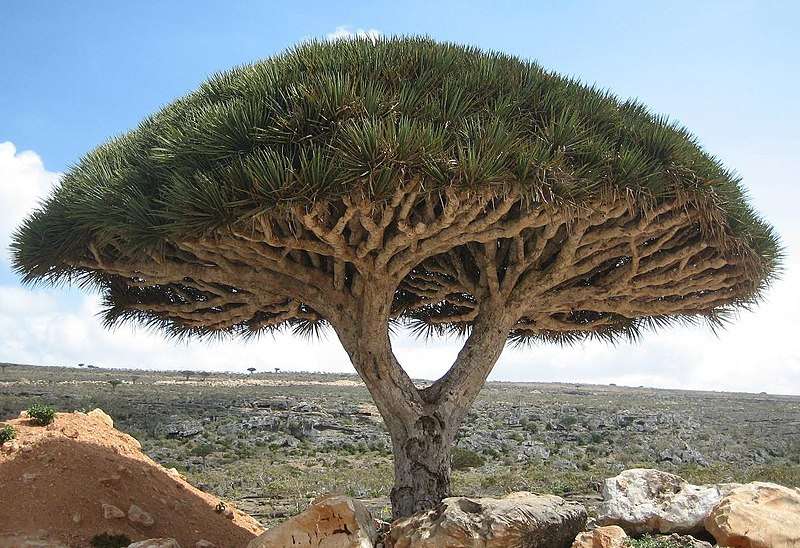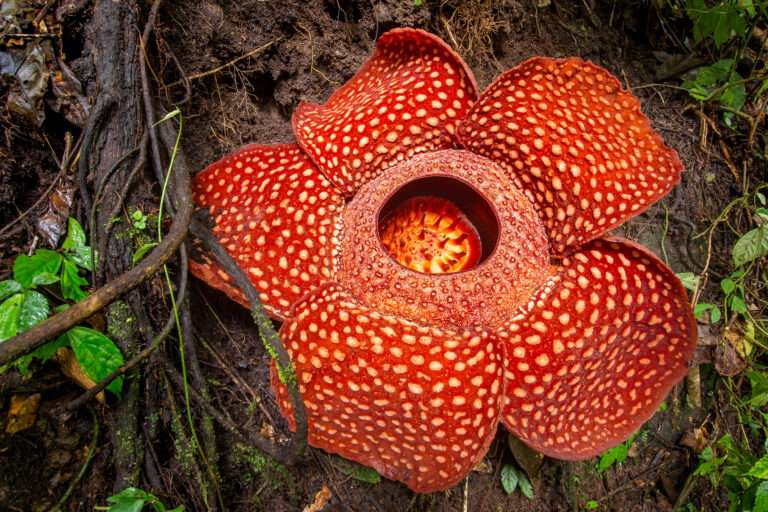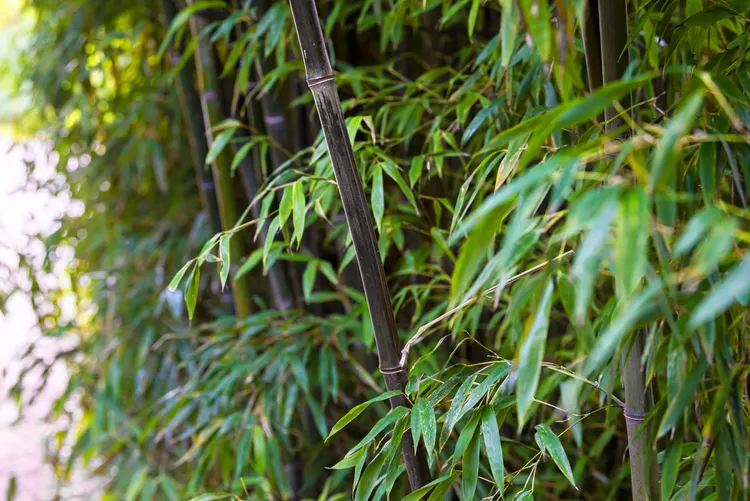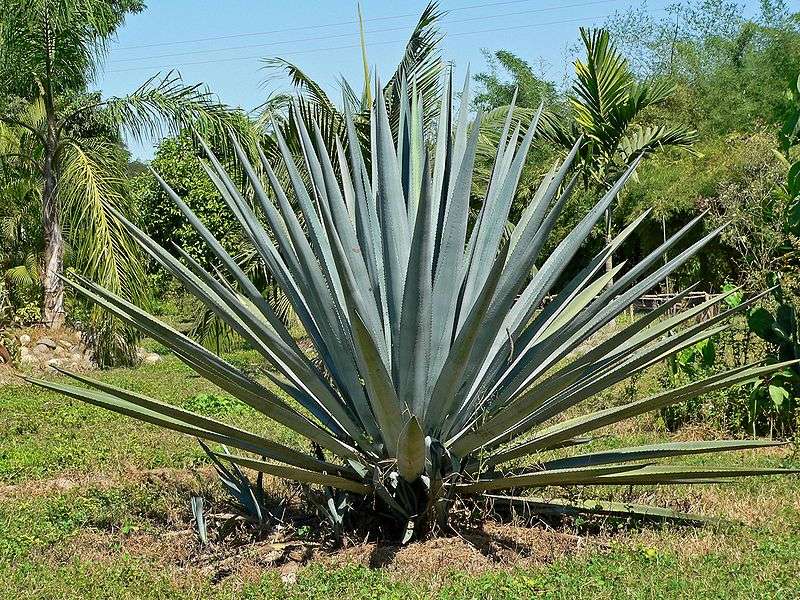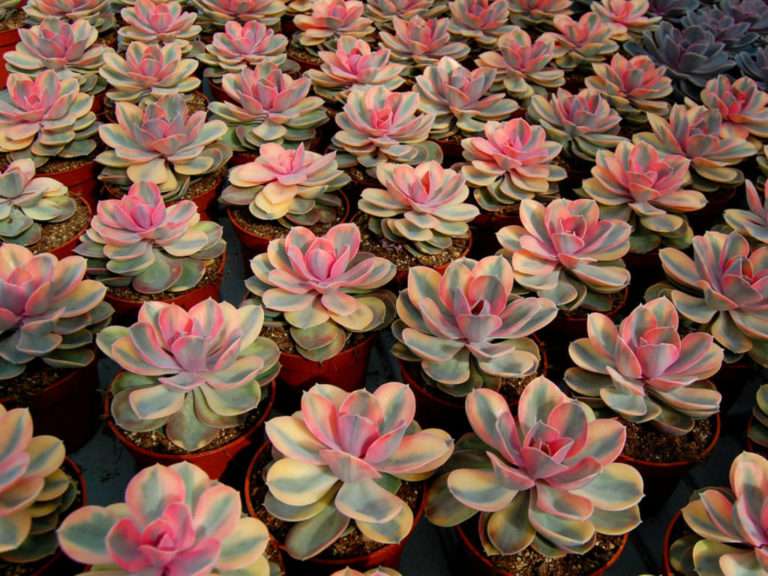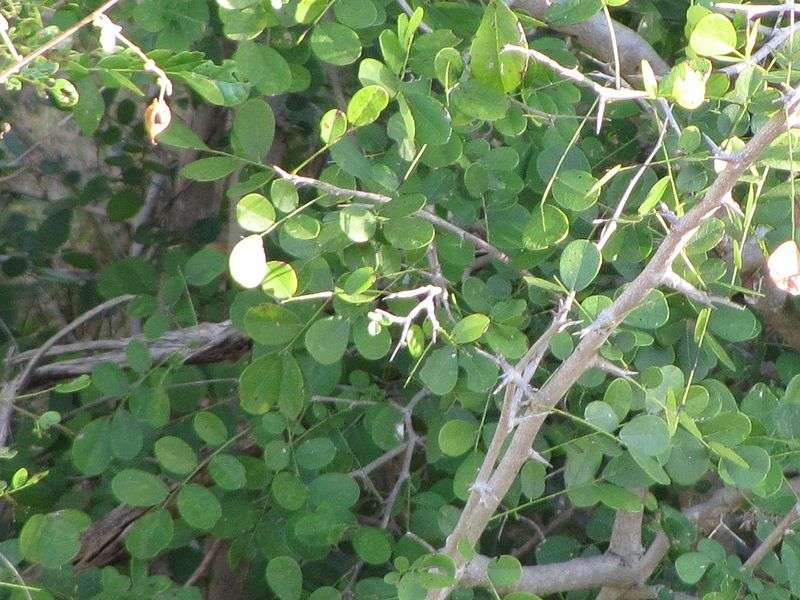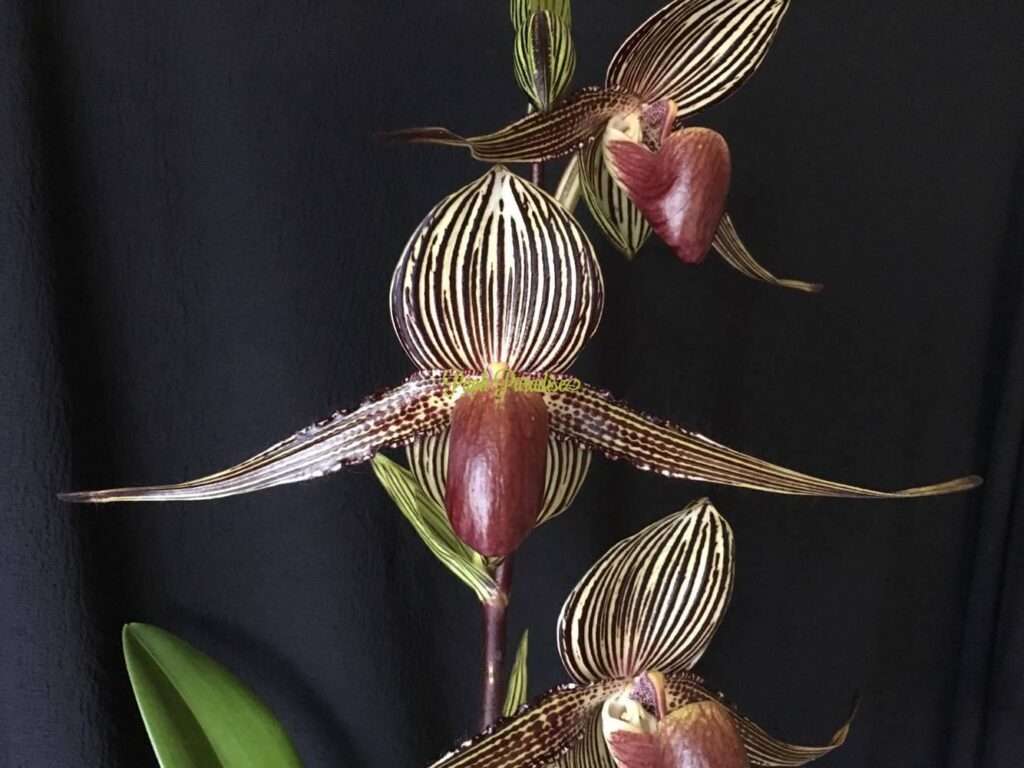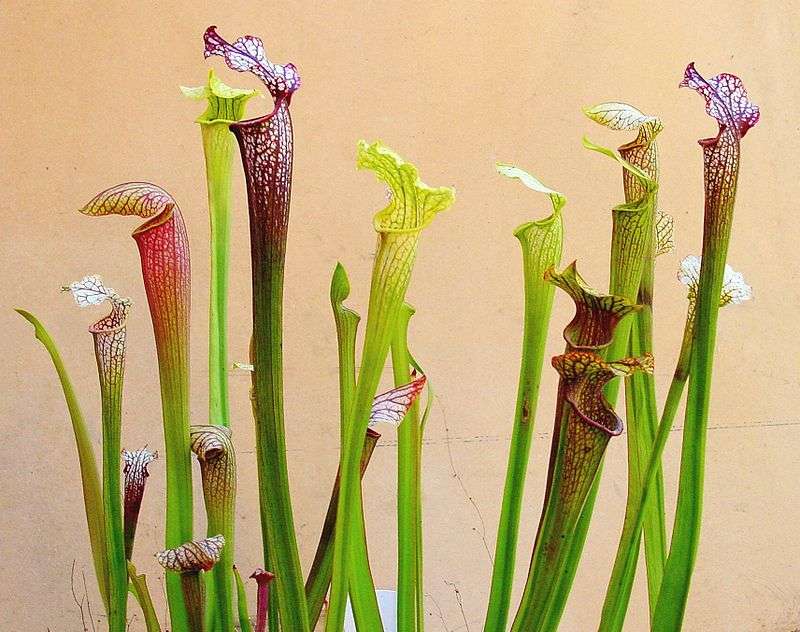Dragon’s Blood Tree
A sizable, evergreen tree, the dragon blood tree can reach heights of up to 15 metres (50 feet). It has many branches, a large, central stem, and an umbrella-shaped canopy. The tree’s long, narrow leaves are arranged on the branches in a spiral pattern. The scarlet resin that the dragon blood tree makes to bind […]
Dragon’s Blood Tree Read More »


